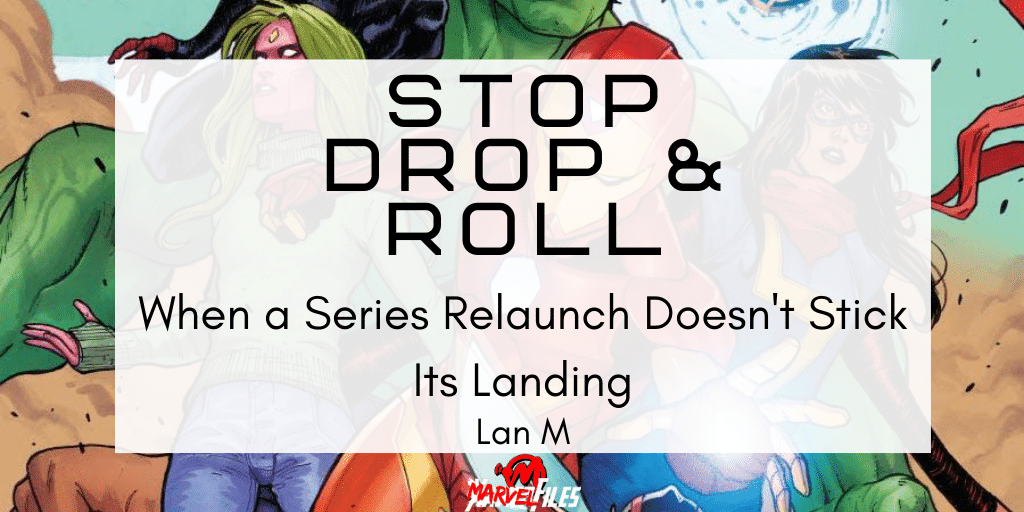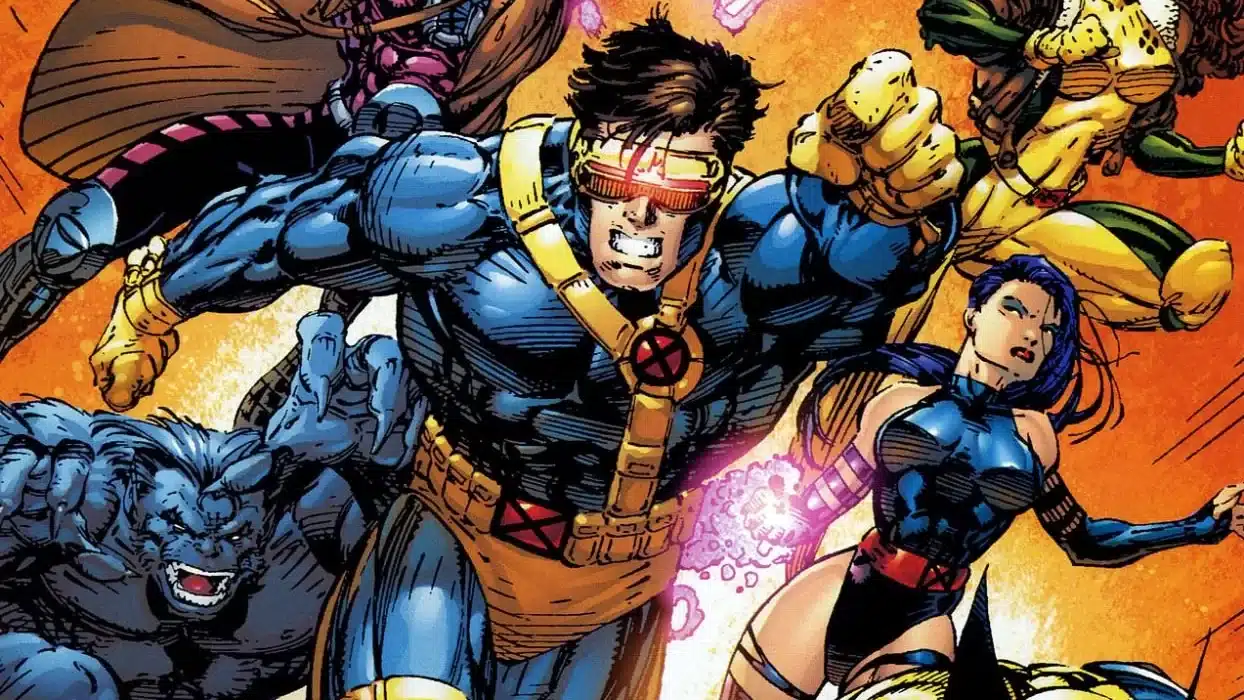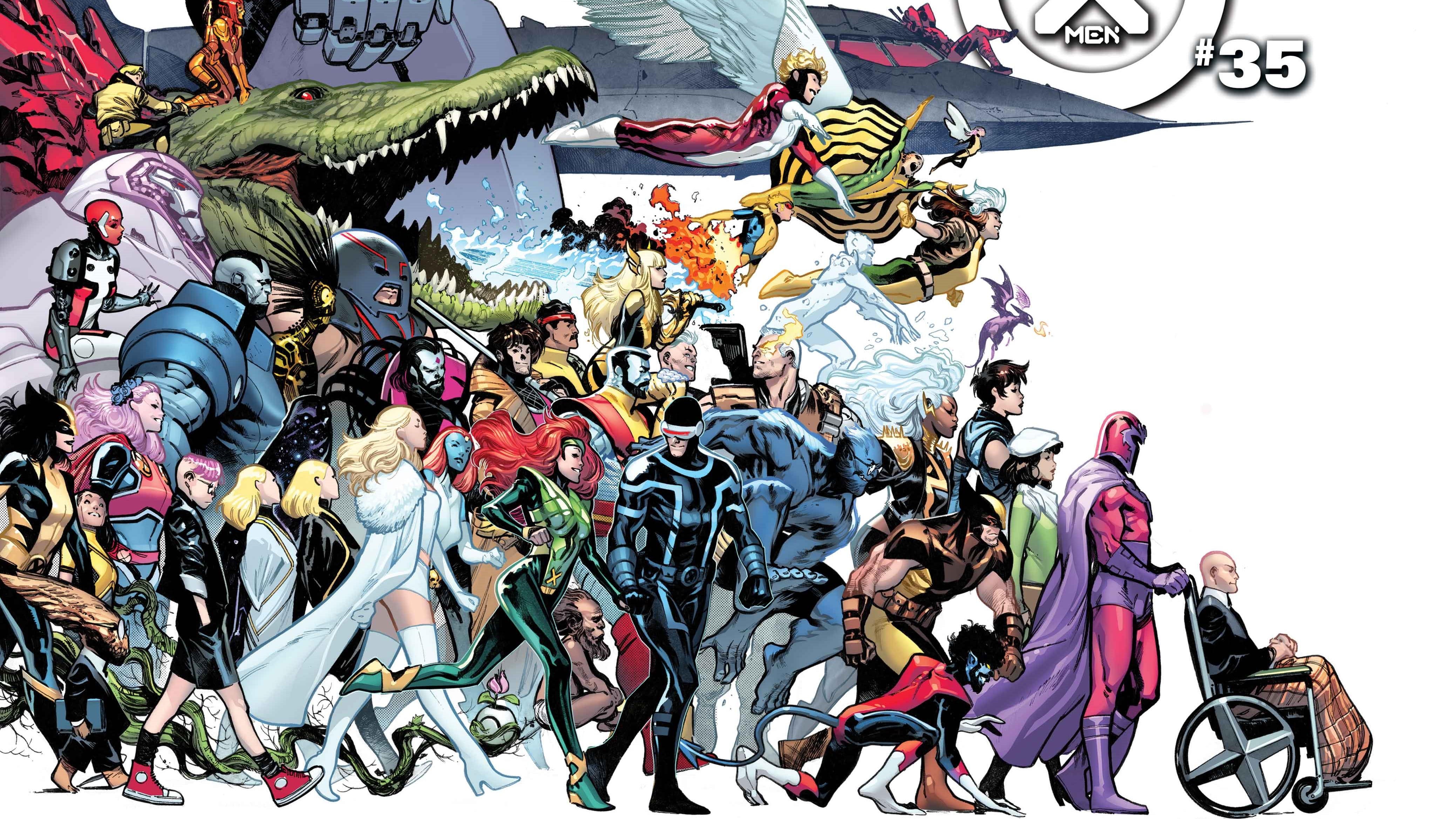When A Series Relaunch Doesn’t Stick Its Landing
Warning: The following contains spoilers for Champions (2018-2019), Doctor Strange (2018)
The most important issue of a comic is its first. Not all comics get to see their intended last issue, but they all get to see their first. First impressions are key when introducing — or in some cases, re-introducing — readers to the world within which a story takes place. In an industry where books are being relaunched several times over every year, re-introduction has never been more important. Relaunches are opportunities to bring in new readers into the universe without needing to go back and read what came before. But not all re-introductions succeed, and there are a few possible reasons as to why.
Why do we even need relaunches?
Relaunches are meant to be new entry points for readers unfamiliar with the series/character(s) to jump in without needing to go back and read what came before it. While it may be easy to tell someone to go back to Amazing Spider-Man #1 and start reading from there, the feat of reading over 800 issues’ worth of content (not including the plethora of spin-off titles, of course) might dissuade the average reader. With a relaunch, new readers can pick up a title without the overbearing task of understanding what came before.
But of course, given the corporate nature of the comics industry, another major reason for relaunching is capitalizing on the high sales that the first issue of a series brings in. It’s no surprise that two of the biggest launches of the 90s, 1990’s Spider-Man #1 and 1991’s X-Force #1, were branded in a way that made it clear that they were meant to be capitalized on:
Especially in a market where sales drastically drop off after the first issue, rebooting the numbering on a series with stagnant sales is a quick sales boost for publishers that often comes as a detriment to the stories being told.
Over the years though, that proves to be less and less effective (Just search up the Law of Diminishing Returns), though, that’s a topic for another day.
Momentum, and Knowing When to Start Over
Momentum is perhaps the biggest factor in making or breaking the relaunch of a series. Once a series takes off, it gains momentum through each subsequent issue. In the first issue, both the writer and the readers are settling in for what’s in store, but by the sixth issue, the story will have gained five issues’ worth of development, and by extension, momentum. Plot threads will have been set up, and some may have even been resolved. The writer might have another six, or even sixteen issues’ worth of development planned, but suddenly, they’re informed that their series is being relaunched, or worse yet, cancelled, usually due to editorial mandate.
Champions, written by Jim Zub and illustrated by Sean Izaakse and Max Dunbar, was relaunched ten issues in, after issue #27 (the run started with issue #19, more on that later), with Zub carrying over into the series’ new #1 alongside artist Steven Cummings. It was a relaunch that stifled the previous volume’s developments and kneecapped the reboot, ultimately leading it to be relaunched once again after issue #10 (this time with a new creative team).
The key to maintaining momentum is knowing when to reboot your story, and ensuring that plot threads are resolved in a way that doesn’t become a detriment to new readers on the other side of the relaunch.
It’s clear that Marvel didn’t relaunch Champions when they should have, which was at the handoff of the title from Waid and Ramos to Zub and Izaakse. Instead of ending the volume at #18, they opted instead to continue the numbering, with only a brief indication of the handoff on issue #19’s cover:
For a publisher that’s otherwise very trigger-happy with its relaunches (see: Spider-Gwen, A.K.A Spider-Gwen: Ghost-Spider, A.K.A Ghost-Spider), the decision not to relaunch the series at this point felt like a missed opportunity. It was a great run too, with smart, heartfelt stories featuring Marvel’s new cabal of young’uns, but unfortunately, the audience wasn’t as big as Marvel wanted it to be. The run had a brief spike at issue #24, the issue themed around school shootings, an issue that’d go on to be nominated for a Ringo Award. Otherwise, the “1st Issue” branding on the cover was for nought, as sales barely increased after the handoff.
Then, only ten issues (including one annual) in, Marvel announced that the series would be getting a relaunch. Several plot threads were left hanging: Sam Alexander losing his Nova powers, Vision accepting a “natural” death, a romantic subplot involving Riri Williams and Viv Vision, and Sparky, the Visions’ dog, being infected by an Ultron sentinel. The former two threads would eventually be resolved in the series relaunch and “Avengers: No Road Home” respectively, but the latter two have yet to truly be resolved or developed upon at the time of this writing.
The result of this relaunch was 2019’s Champions #1, which sought to reintroduce readers to the team, now with added team members, new missions, and new villains to boot. Champions (2019) is an enjoyable run that’s tough to recommend as someone’s first Champions book. It’s readily apparent that Zub and Cummings want to tell a good story (and in many respects they do, with the middle of the run being its peak), but the miasma of the new status quo set upon by the relaunch hangs over the run. This is especially true in the last few issues of the run, where the run’s momentum screeches to a halt as it tries to tie up whatever loose ends it can with the tight space it’s given. But once again, plot threads are left hanging; we never see the far-reaching consequences of Miles Morales and Amadeus Cho’s deal with Mephisto (seriously, why has this become a recurring theme recently?) nor do we see some of the aforementioned threads from the previous run being picked up.
Could this have been solved if the previous run was relaunched after issue #18? Tough to say for certain, but it would have definitely helped bring in new readers. There wasn’t much, if any at all, carryover plot-wise from Waid’s tenure on the run into Zub’s run. Logically, Champions (2016) #19 has all the makings of a proper relaunch: it introduces new readers to the team and the world within which they operate, it gives readers a reason to keep reading the run, and it doesn’t rely on readers going back and reading what came before it in order to understand the story’s components. Going by Kieron Gillen’s “First It, Second It” framework, the issue arguably hits both the First It and the Second It.
If there’s one recent relaunch that was executed rather quite well (something that doesn’t imply quality, must I digress), it’d have to be the transition from 2018’s Doctor Strange into 2020’s Doctor Strange: Surgeon Supreme. The former run has Doctor Strange restoring the damage done to his hands in issue #19, due to life-saving shenanigans. Writer Mark Waid chooses to end the run one issue later, wrapping up some of the remaining loose plot threads. The run benefits from having closed up most of its plot threads before the big status quo change, which can be attributed to the run being given enough space to do so. The latter run begins with a clean slate, with Strange now working part-time as a surgeon. A new status quo is set, but it doesn’t come at the detriment of the previous run’s momentum. Momentum is preserved because the previous run is given time to breathe and settle down before moving on, resulting in Doctor Strange: Surgeon Supreme #1 being a strong entry point for new readers. The references to the previous run are non-intrusive too; a quick retelling of Strange’s origins, now with a telling of how his hands were restored appended to it, is done within the span of a page, during a moment of repose.
Contrast this to Champions, where the first issue references Sam Alexander having lost his powers not once, but twice (Once in Infinity Countdown: Champions, then again in Champions #27, something that a caption does point out), but doesn’t reintroduce the story beat in a manner that flows with the storytelling. It’s picked up and expanded upon later in the run, but to a new reader, this tidbit of information halts their reading of the first issue. The first issue also assumes that readers have requisite knowledge of the team’s members and their powers, all while introducing six new members to the team. It does remedy this by showing various members’ powers in action, but with a team of fourteen members (as opposed to the previous volume’s eight), there isn’t enough breathing room given for proper reintroductions.
Champions (2019) #1 is ambitious, and it has the right to be; in an industry where books that aren’t a publisher’s big mainstream hits barely get the opportunity to explore their stories, those series need to capitalize on every issue they’ve got in order to tell their story. Champions had a larger story to tell, but with limited space, ambition superseded execution, and the result was a relaunch that quickly fell to the wayside.
Maintaining Momentum
So where do we go from here? Well, we, as readers, can’t do much except support the titles we love and give them the sales needed to keep them going. Based on the sales metrics of previous victims of circumstance cancelled titles, sub-twenty thousand copies sold per issue is considered the “danger zone” for titles, usually meaning the title will get one or two more story arcs before cancellation after they’ve hit that threshold. To be frank, it’s disheartening to see Marvel give up on titles soon after they hit the “danger zone”. In several cases, these are titles written by marginalized writers, thrown to the wayside once sales dip. Not giving a series the time, space, and opportunity to grow ultimately harms both it and its creators.
As for creators relaunching their series with a new #1? Treat the end of the run as though it will never be followed up on after it’s done, and ensure that most, if not all loose plot threads are tied up. Admittedly, I’m no expert, and my expertise of the bureaucratics of the comic-making process is surface-level at best, but what I do know is that new readers don’t like feeling lost when jumping into a series.
In an industry inundated with first issues, ensuring that readers keep reading past that first issue has never been more important. It’s up to both publishers and creators to introduce new readers to the world outside their window.
Lan M
Lan M is a university student from Toronto whose last name probably wouldn’t fit within the character limit for this blurb. Between his bouts of existential dread and making videos, you can find him tweeting.





